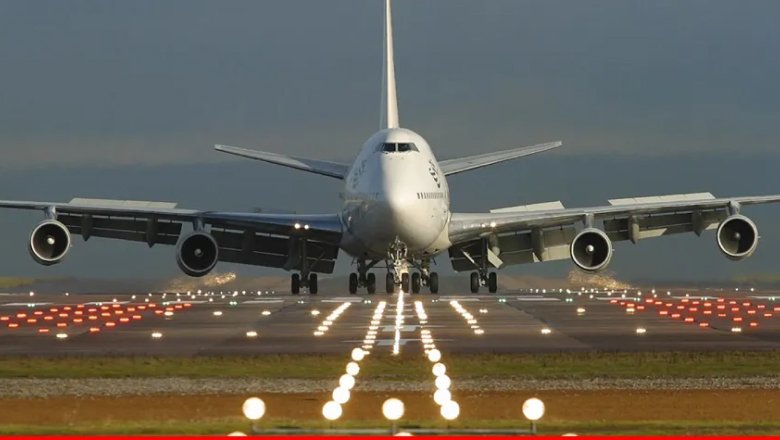Pakistan Aviation Sector: A Strategic Overview

The aviation sector in Pakistan, overseen by the Ministry of Aviation, is a critical component of the country’s transportation infrastructure. With an expanding network of airports, growing passenger traffic, and significant economic contributions, the aviation industry plays a key role in connecting Pakistan to the world.
Overview of the Ministry of Aviation
The Ministry of Aviation is responsible for regulating and managing Pakistan’s civil aviation activities. It ensures compliance with international standards, promotes air transport services, and oversees major stakeholders such as the Civil Aviation Authority (CAA) and Pakistan International Airlines (PIA).
Airport Network and Operations
Pakistan boasts a network of 46 airports, including major international hubs like:
- Jinnah International Airport, Karachi: The largest and busiest airport, serving as a primary gateway to the country.
- Allama Iqbal International Airport, Lahore: A key hub for passengers traveling to and from central Pakistan.
- Islamabad International Airport: A modern facility catering to the capital region and international flights.
- Bacha Khan International Airport, Peshawar: Facilitates travel to the northwestern regions of the country.
These airports handle millions of domestic and international passengers annually, supporting tourism, trade, and business activities.
Key Stakeholders
- Pakistan International Airlines (PIA): The national flag carrier, operating domestic and international flights to various destinations.
- Civil Aviation Authority (CAA): Responsible for air traffic control, airport management, and ensuring aviation safety and standards.
- Private Airlines: Emerging players such as AirBlue and Serene Air have expanded domestic and international connectivity.
Economic and Strategic Importance
The aviation sector contributes significantly to Pakistan’s economy through:
- Tourism and Trade: By connecting major cities and international destinations, it facilitates tourism and boosts exports and imports.
- Employment Opportunities: The sector generates direct and indirect jobs in airlines, airports, and related industries.
- Regional Connectivity: Air links enhance integration within Pakistan and strengthen ties with neighboring countries.
Modernization and Growth Initiatives
To address the growing demand for air travel, Pakistan’s aviation sector is undergoing modernization:
- Airport Upgrades: Renovation of terminals, expansion of runways, and adoption of advanced technologies for passenger convenience.
- Fleet Expansion: Airlines are upgrading their fleets to include fuel-efficient and modern aircraft.
- Airspace Management: Implementation of advanced air traffic control systems to enhance safety and efficiency.
- Open Sky Policies: Encouraging foreign airlines to operate in Pakistan, boosting competition and service quality.
Challenges and Future Prospects
While the aviation sector shows promise, it faces challenges such as:
- Financial Constraints: PIA’s debt burden and operational inefficiencies need urgent resolution.
- Infrastructure Gaps: Smaller airports require investments to meet international standards.
- Regulatory Oversight: Strengthening regulatory frameworks to ensure compliance with global safety and security standards.
Future opportunities include:
- International Partnerships: Collaborations with global aviation leaders to enhance expertise and investment.
- Increased Domestic Flights: Expanding routes to underserved regions to boost accessibility.
- Cargo Services: Developing dedicated air cargo hubs to support trade and logistics.
Conclusion
The aviation sector in Pakistan is poised for significant growth, driven by modernization and increased connectivity. By addressing challenges and leveraging opportunities, it can become a cornerstone of the country’s economic and social development. For more information, visit the official website of the Ministry of Aviation at aviation.gov.pk.




